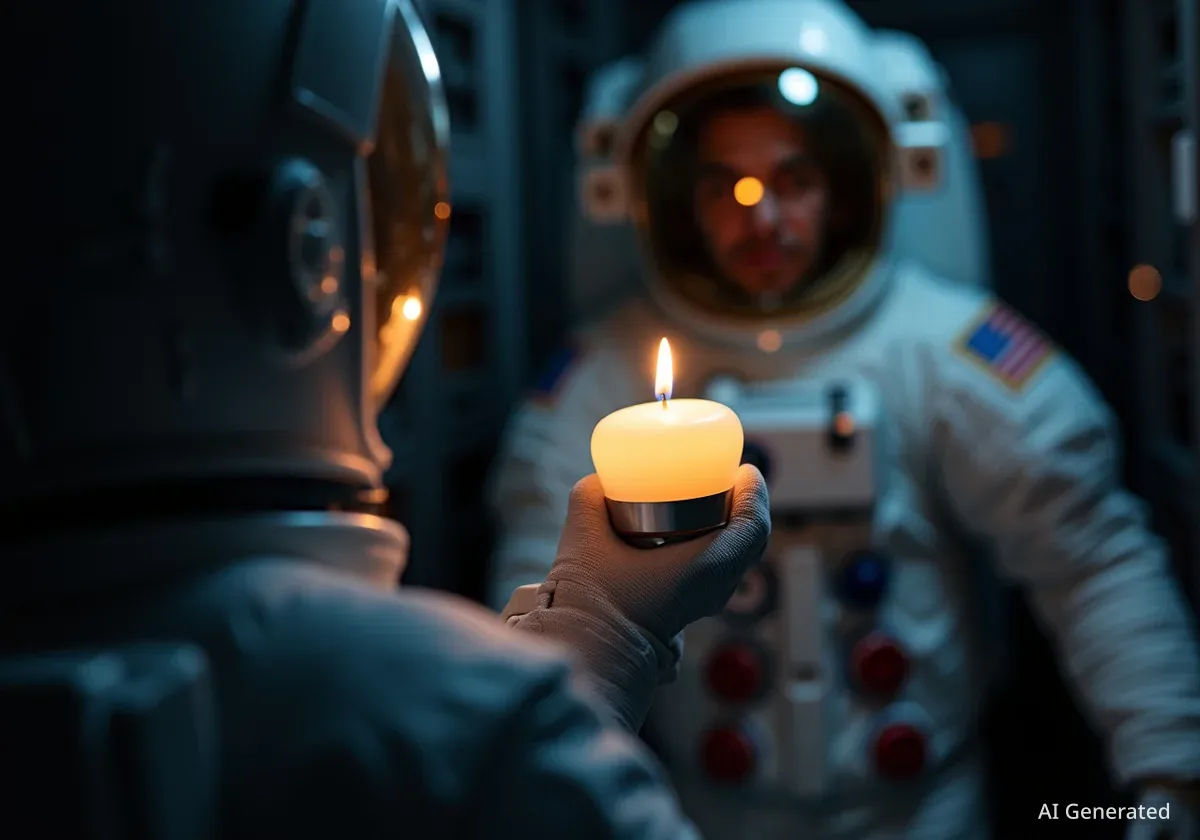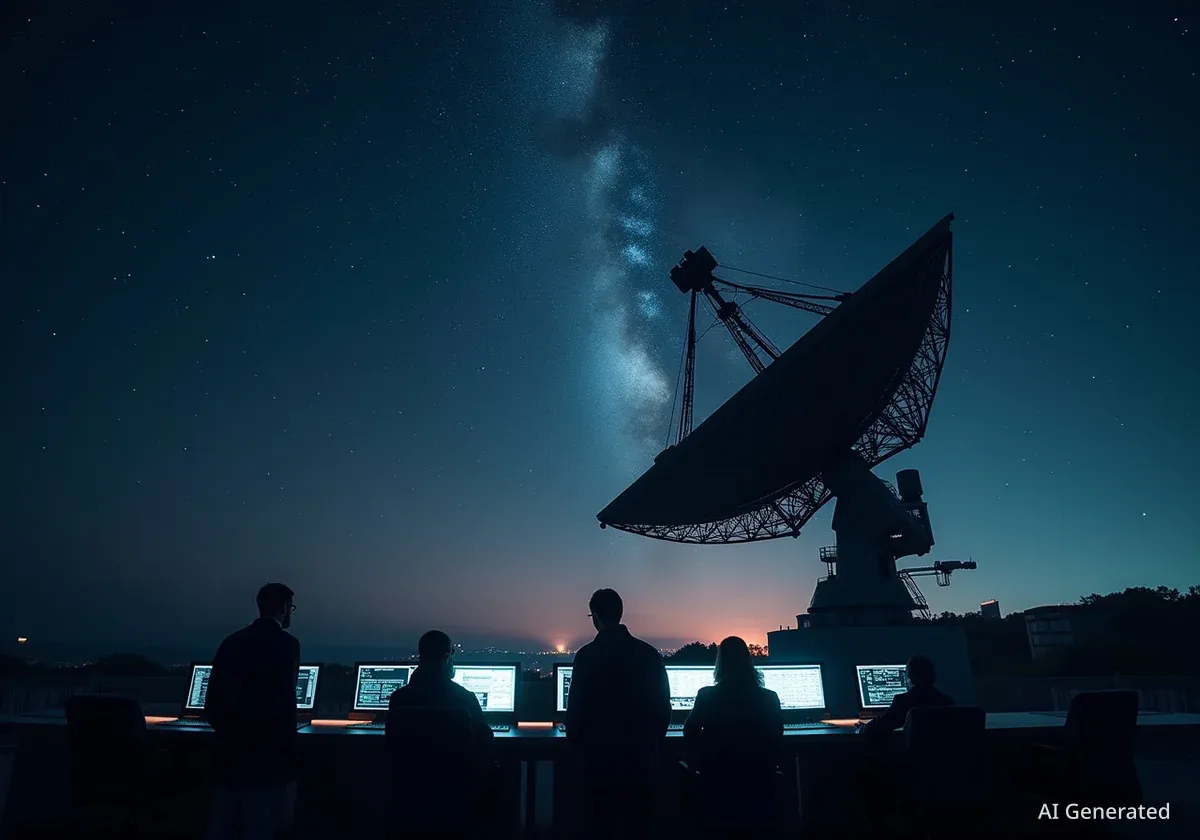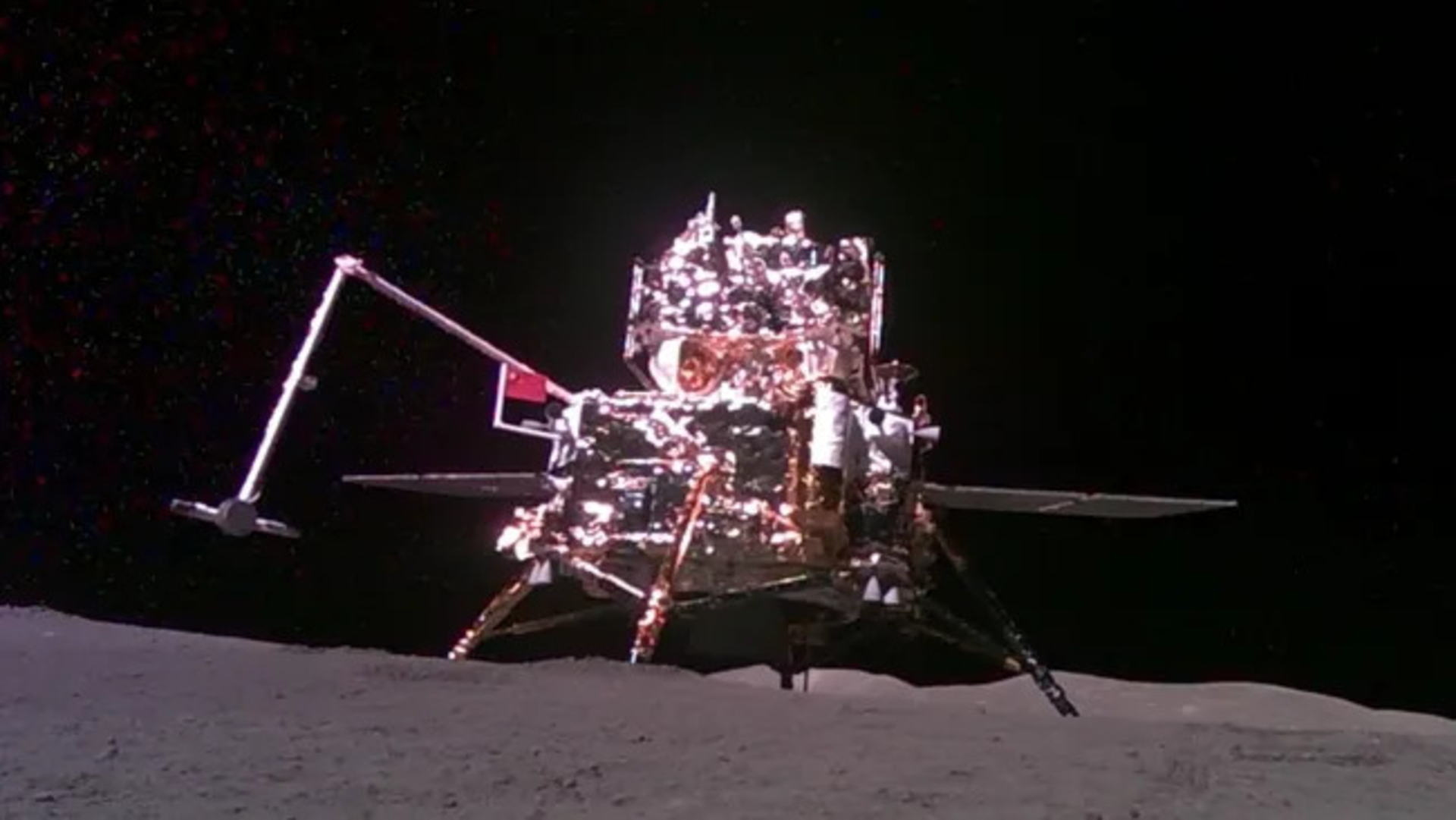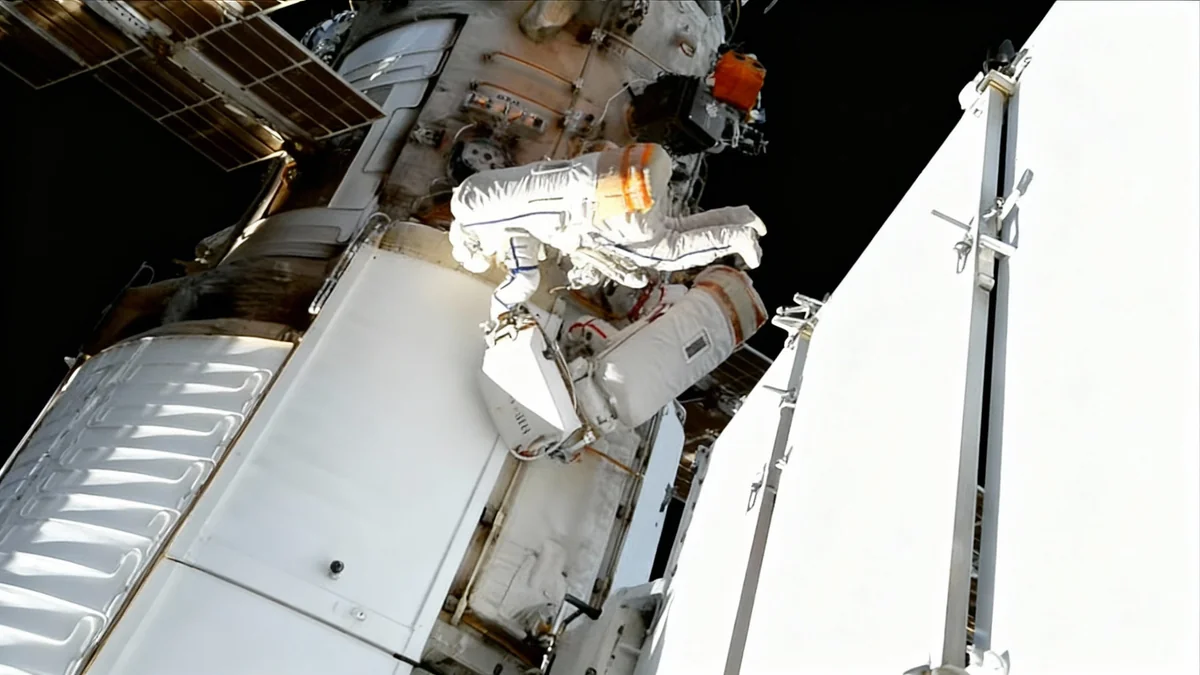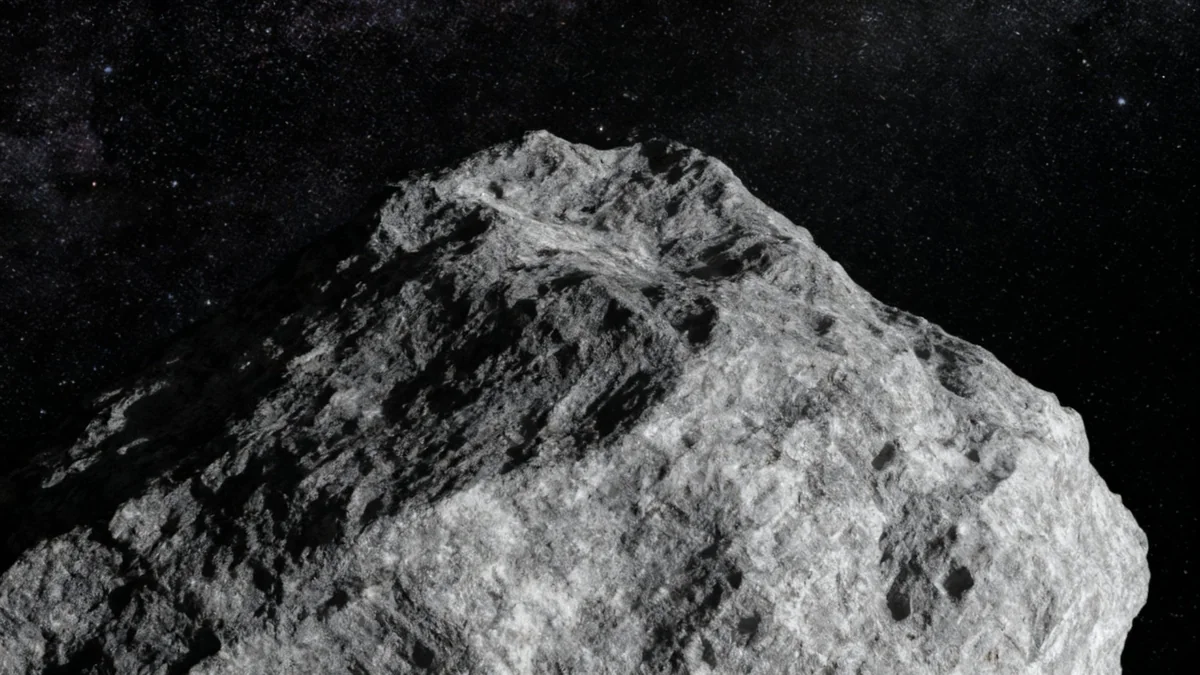In a striking demonstration of physics aboard China's Tiangong space station, astronauts have revealed what happens when you light a candle in microgravity. During a live-streamed science lesson, a simple flame, instead of flickering into the familiar teardrop shape, formed a calm, near-perfect sphere of light.
The experiment, conducted by astronauts Gui Haichao and Zhu Yangzhu, offered a vivid, real-time example of how fundamental forces like combustion behave when the pull of gravity is removed. The result was not just a visual spectacle but a critical lesson in the principles that govern safety and engineering in space.
Key Takeaways
- Chinese astronauts on the Tiangong space station lit a candle, which produced a stable, spherical flame.
- In microgravity, the absence of convection means hot air does not rise, causing the flame to burn evenly in all directions.
- The flame was observed to be slower-burning and bluer than its terrestrial counterpart, indicating a different combustion process.
- This experiment provides crucial data for improving fire safety protocols and systems on future long-duration space missions.
The Physics of a Flame Without Gravity
On Earth, the shape of a flame is a direct result of gravity. When a wick burns, it heats the surrounding air. This hot air becomes less dense and rises, a process known as convection. As the hot air moves upward, it draws cooler, oxygen-rich air into the base of the flame, creating a continuous cycle that elongates the flame into its classic teardrop form.
In the microgravity environment of the Tiangong station, this entire process changes. Without a strong gravitational pull, there is no "up" for the hot air to rise toward. Convection is virtually eliminated.
Instead of a rising current, the heat and combustion byproducts radiate outward from the wick in all directions equally. Oxygen is supplied to the flame not by a directed flow but through a much slower process called diffusion, where molecules move from an area of higher concentration to one of lower concentration. This results in a steady, spherical, and surprisingly calm flame.
Slower and Cooler Burning
The flame observed on Tiangong was not only different in shape but also in character. It appeared to burn more slowly and with a bluer hue. This is because the rate of combustion is limited by the slow diffusion of oxygen to the flame and the removal of exhaust gases like carbon dioxide away from it. This gentle, diffusion-fed process is less efficient than the convection-driven flames we see on Earth.
A Different Approach to Onboard Safety
The sight of an open flame inside a spacecraft is rare and typically raises immediate safety concerns. The International Space Station (ISS) operates under extremely strict protocols regarding fire, largely stemming from a dangerous fire that occurred on the Russian Mir space station in 1997.
As a result, most combustion experiments on the ISS are conducted within sealed, specialized chambers to contain any potential hazards.
Lessons from the Past
In 1997, a solid-fuel oxygen generator on the Mir space station malfunctioned and caught fire, filling the module with smoke and blocking the crew's access to an escape vehicle. The crew successfully extinguished the fire, but the incident became a defining moment for space safety, leading to the stringent fire prevention measures used on the ISS today.
China's Tiangong space station appears to operate with a different, though still highly controlled, set of protocols. The live demonstration suggests a framework that allows for carefully managed open-flame experiments for educational and scientific purposes. These activities are conducted within designated experimental racks, such as the Combustion Experiment Rack (CER), with robust monitoring and ventilation systems in place to manage risk.
Implications for Future Space Exploration
While lighting a candle may seem like a simple experiment, the data it generates is invaluable for scientists and engineers designing the next generation of spacecraft. Understanding how fire behaves without gravity is critical for developing effective safety systems for long-duration missions to the Moon, Mars, and beyond.
Key areas of research informed by these experiments include:
- Fire Detection: Smoke and heat do not rise in space, so detectors must be designed to identify particulates that diffuse slowly and unpredictably throughout a cabin.
- Ventilation Systems: Airflow systems must be engineered to prevent the buildup of stagnant pockets of carbon dioxide or other flammable gases, which could either suffocate a flame or fuel it.
- Fire Suppression: Extinguishing agents behave differently without gravity to pull them downward. Systems must be designed to disperse suppressants effectively in a three-dimensional, diffusion-driven environment.
- Material Science: Studying how different materials ignite and burn in microgravity helps in selecting safer components for spacecraft interiors.
"Fire in space is spherical, silent, and deceptively gentle—but it demands rigorous respect."
As humanity plans for extended stays in space, a deep understanding of these fundamental principles is not academic; it is essential for survival. Every system, from life support to electronics, must be designed with the unique physics of the space environment in mind.
A Small Flame with a Big Message
The image of a tiny, glowing orb floating in the quiet of the Tiangong station serves as a powerful reminder that the universe operates on rules that are often counterintuitive to our Earth-based experience. The demonstration by Gui Haichao and Zhu Yangzhu was more than just a lesson for students watching from Earth; it was a demonstration of the curiosity and caution required to explore new frontiers.
By studying something as basic as a candle flame, space agencies gather the knowledge needed to keep astronauts safe. In that small, quiet sphere of fire, we can see the careful, deliberate steps being taken to secure humanity's future in space, one scientific principle at a time.

